Could this new chip make DNA testing as easy as checking your blood sugar?
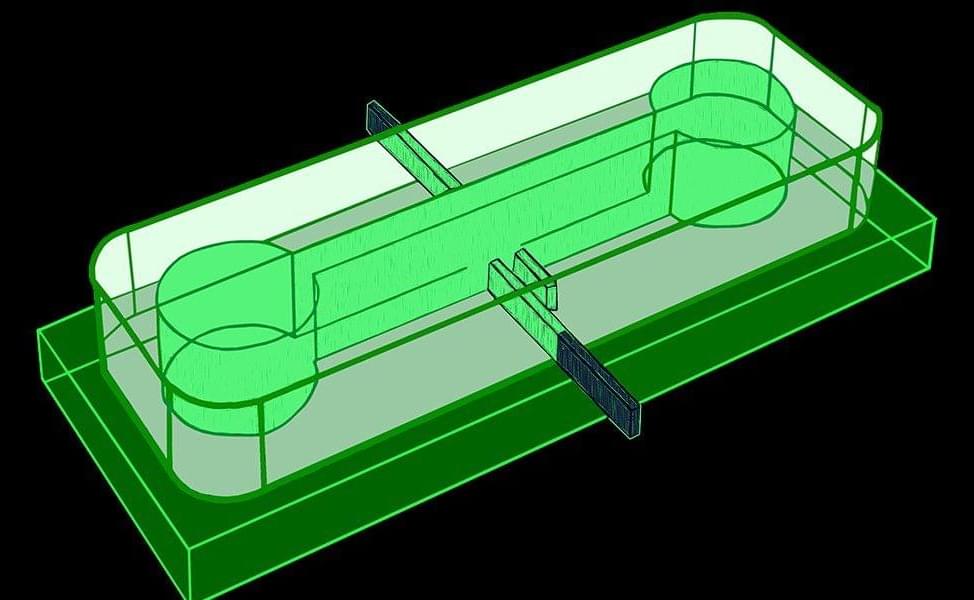

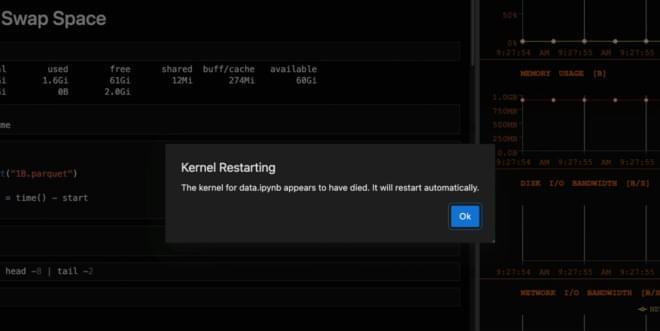
Slow data loads, memory-intensive joins, and long-running operations—these are problems every Python practitioner has faced. They waste valuable time and make iterating on your ideas harder than it should be.
This post walks through five common pandas bottlenecks, how to recognize them, and some workarounds you can try on CPU with a few tweaks to your code—plus a GPU-powered drop-in accelerator, cudf.pandas, that delivers order-of-magnitude speedups with no code changes.
Don’t have a GPU on your machine? No problem—you can use cudf.pandas for free in Google Colab, where GPUs are available and the library comes pre-installed.
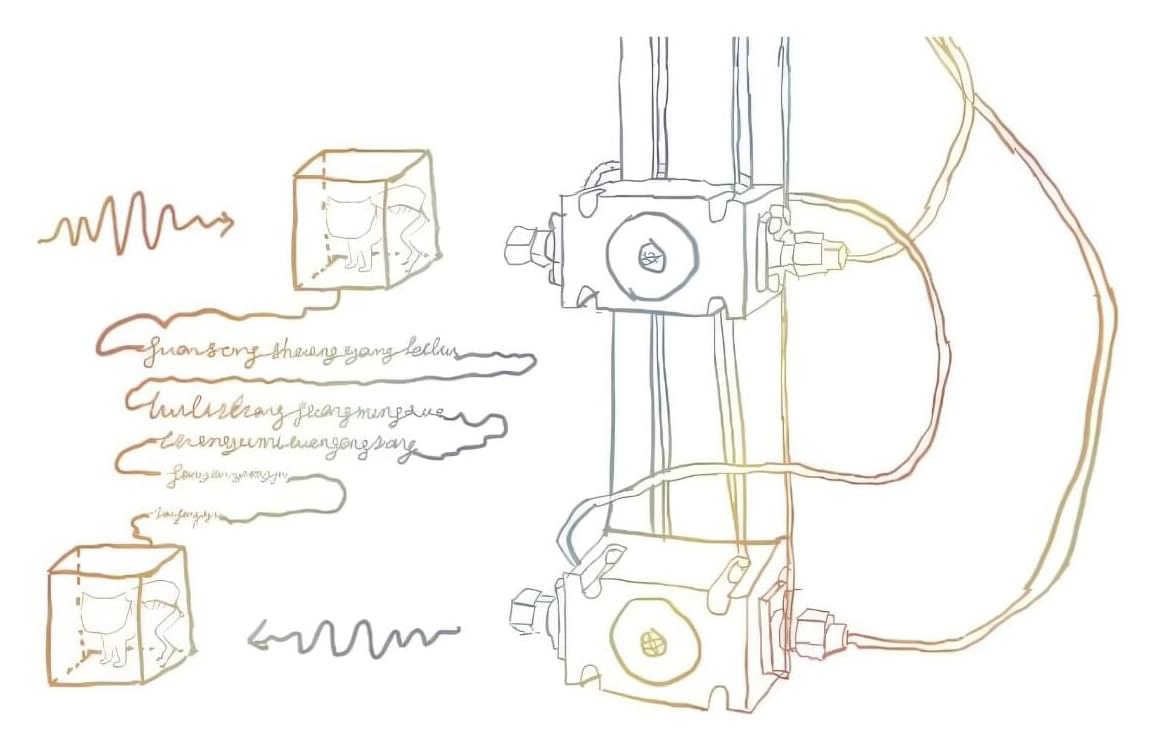
Quantum computers hold the potential of solving some optimization and data processing problems that cannot be tackled by classical computers. Many of the most promising quantum computing platforms developed so far are based on superconducting qubits, tiny circuits based on superconducting materials.

Scientists are making significant strides forward in brain-computer interface (BCI) technology, and a newly developed system can translate our thoughts into text or sound.
It’s essentially an inner speech decoder, developed by researchers from institutions across the US. In tests on four volunteers with severe paralysis, the decoder hit an accuracy rate of up to 74 percent in translating thoughts into audible speech.
The potential here is for a BCI that can help those with speech or motor impairments to communicate more effectively than ever before, though there’s still work to be done improving how accurate and personalized the system is.



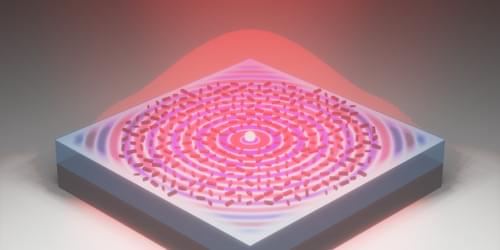
A 10-µm-wide microchip can generate light with any desired direction, polarization, and intensity, which will be handy for future quantum technologies.
Emerging technologies for quantum computing and cryptography require small components capable of emitting photons whose properties are precisely controlled. Researchers have been developing such components, and now a team has demonstrated a technique that provides control of direction, polarization, and intensity simultaneously [1]. Like previous experiments, the technique uses microscopic structures on a semiconductor surface to convert wave-like surface excitations to light waves. But the new demonstration uses shapes for these structures that allow more precise control over the outgoing light. The team expects the new technique to find wide use in efforts to build quantum technologies in miniature solid-state devices.
Solid-state miniaturization is one of the few realistic routes toward making quantum technologies practical, scalable, and easily manufacturable, says Fei Ding of the University of Southern Denmark. But there are not many good compact photon sources. “The technology really requires a compact and flexible solid-state photon source that gives us full control over how light is emitted—its direction, polarization, and spatial profile,” Ding says. “This is crucial for building scalable quantum and nanophotonic technologies, where single photons are used as the fundamental carriers of information.”
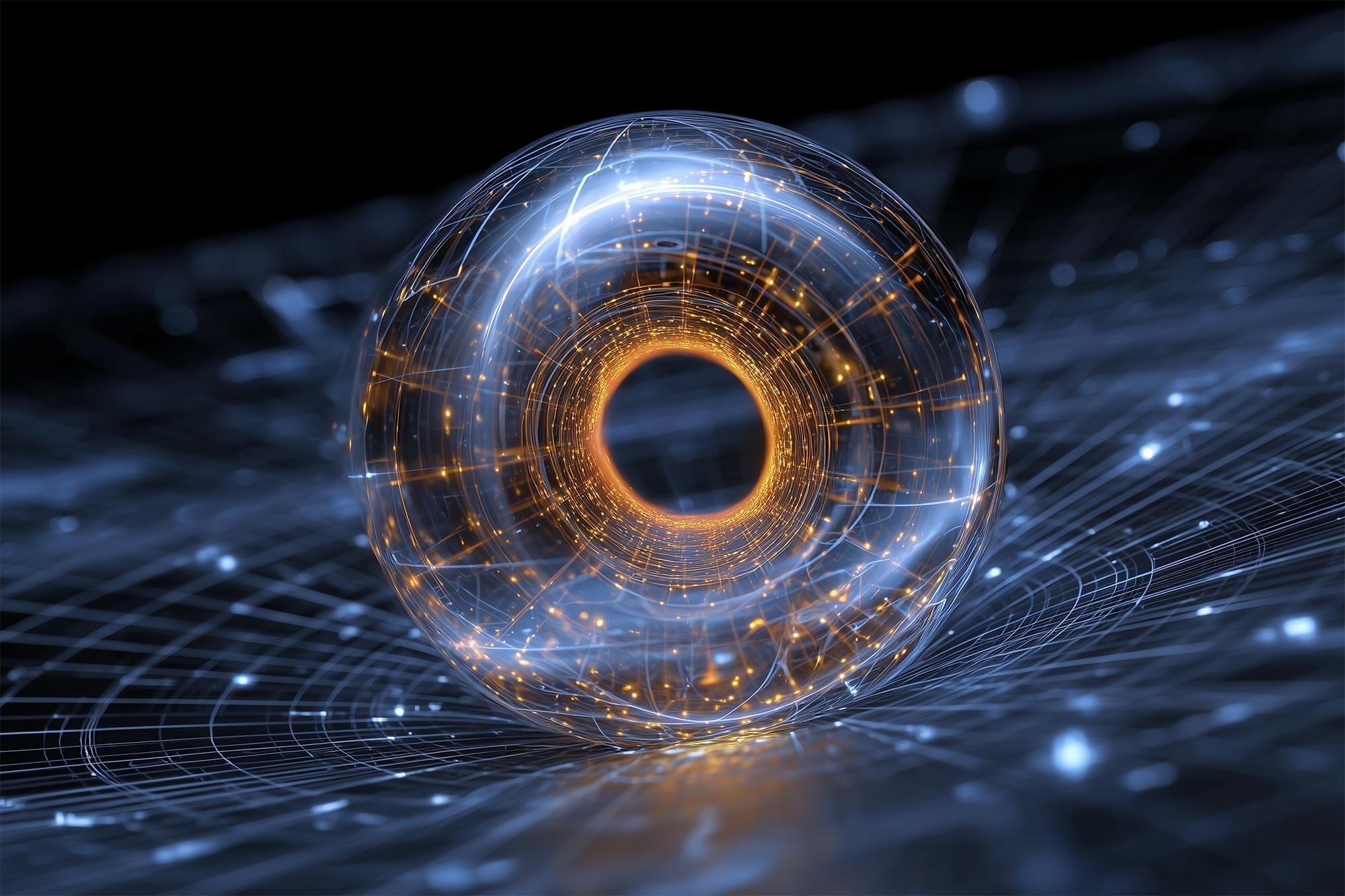

A research team has provided the first experimental proof that flat electronic bands in a kagome superconductor are active and directly shape electronic and magnetic behaviors.
Researchers from Rice University, working with international partners, have found the first clear evidence of active flat electronic bands within a kagome superconductor. The discovery marks an important step toward creating new strategies for designing quantum materials, including superconductors, topological insulators, and spin-based electronics, which could play a central role in advancing future electronics and computing.
The findings, published on August 14 in Nature Communications.